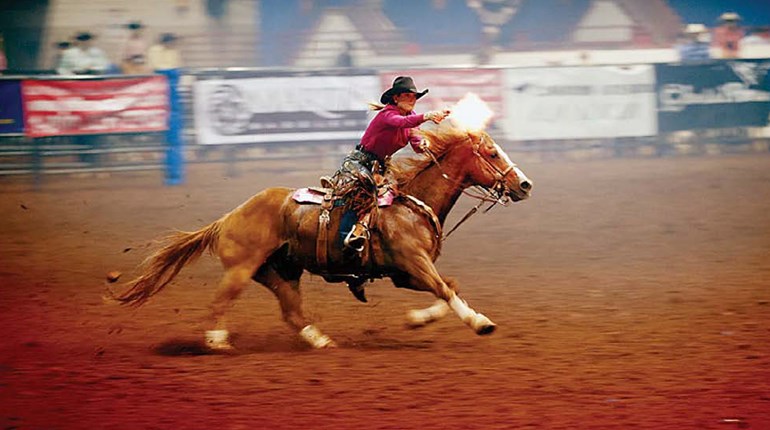
Utilizing hi-tech gadgets has empowered modern shooters, none more so than long range shooters that use Kestrels. These weather/environmental meters have been designed and manufactured for decades by Nielson-Kellerman. They consider the Kestrel line a priority. Enhanced models have been cropping up over the years—the result of key strategic partnerships. In particular, the ballistic Kestrel models have revolutionized aspects of long range shooting. It started with the military then reached civilian shooters via competition. After using a Kestrel, it becomes clear that it’s the most accurate such device available today. For a long time, it was the only one. Ushering in a new era in long range, hits at one mile are now a reality. Go to any Precision Rifle Series (PRS) match, and ask shooters why they love their Kestrel.

In 2012, Kestrel introduced the first weather meter with a ballistics calculator. This allowed for accurate, consistent firing solutions. Instant updates of changing weather conditions changed everything.
Todd Hodnett is the president of Accuracy 1st, and is one of the most respected precision shooting instructors in the world. He’s trained soldiers, hunters and enthusiasts in the art of precision shooting for over 20 years. Hodnett was instrumental in developing the Kestrel ballistic weather meter models.
“When I started training, everyone shot dope and it took days and lots of data books and it wasn’t fast or that correct. Now everyone all over the world uses the Kestrel and trues,” said Hodnett. He added, “Now, we have perfect data in a few rounds. With the Kestrel and Applied Ballistics that data is good all over the world. All you need is a couple minutes and a range.”
All Kestrel meters are small, lightweight, rugged and easy-to-manipulate. They’re built to military standards and have proven their reliability over years in the field. With one device, shooters can get environmental data and calculate accurate solutions. “Truing” a rifle, rather than figuring out dope, is key.
“I always say, ‘The bullet doesn’t get to vote,’ meaning we use the data the bullet gives you to predict perfect data everywhere else. I have been truing since I came up with it in around 2003 and have trained over 5,000 guys since then and have never seen even one gun that it didn’t work on. If someone tried it and it didn’t work for them, they didn’t use it properly,” said Hodnett.
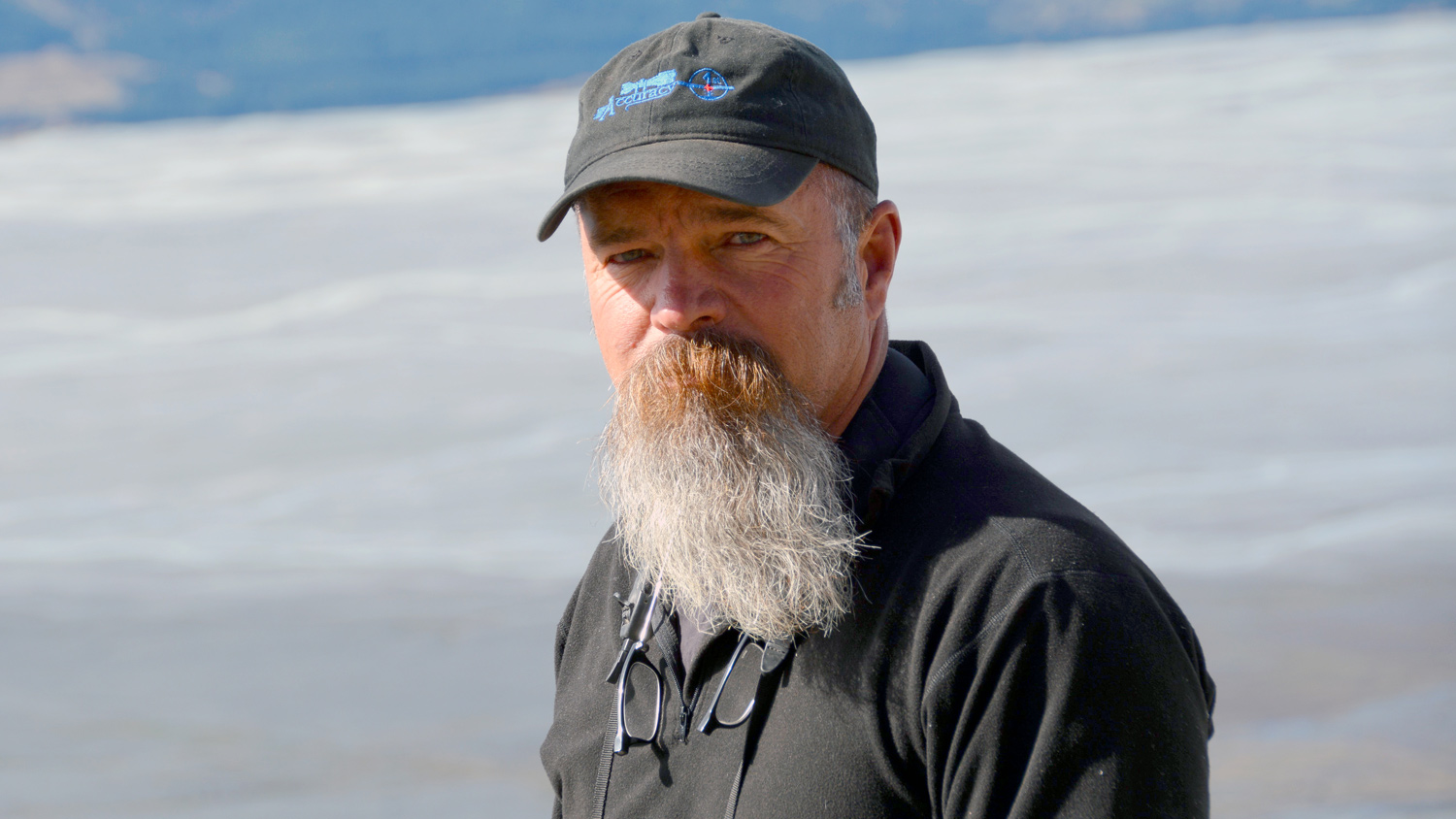
Hodnett believes people avoid long range shooting because they think it is too hard to do. One of his goals was to make long range accessible to anyone, especially families. He says unlocking this information is crucial to the sport.
“Long range shooting in my mind is for everyone and I would love to see more people making it a family event. Anyone can do it with minimal training. We used the wrong info for years, and back then we wrote down in our data book what reason we ‘thought’ made us miss. We made it seem a long hard process to get good. This was true back then, not now. Anyone can get the information and in a short time be on the range and enjoying long range. Whether for plinking, PRS or hunting—long range is now available to everyone. One of the biggest reasons is easy access to information and that is what we did with the Kestrel.”
How it began
Shooters gravitated to the Kestrel for good reason. First, it’s rugged and durable. Built to military specs, they are waterproof and shockproof. The latest models can run for months on a single AA battery. The 5700 Elite with Applied Ballistics ($609-$709) is the latest and most advanced ballistic model in the Kestrel lineup. It’s truly a groundbreaking wind and weather meter—coupled with an accurate fire control computer.
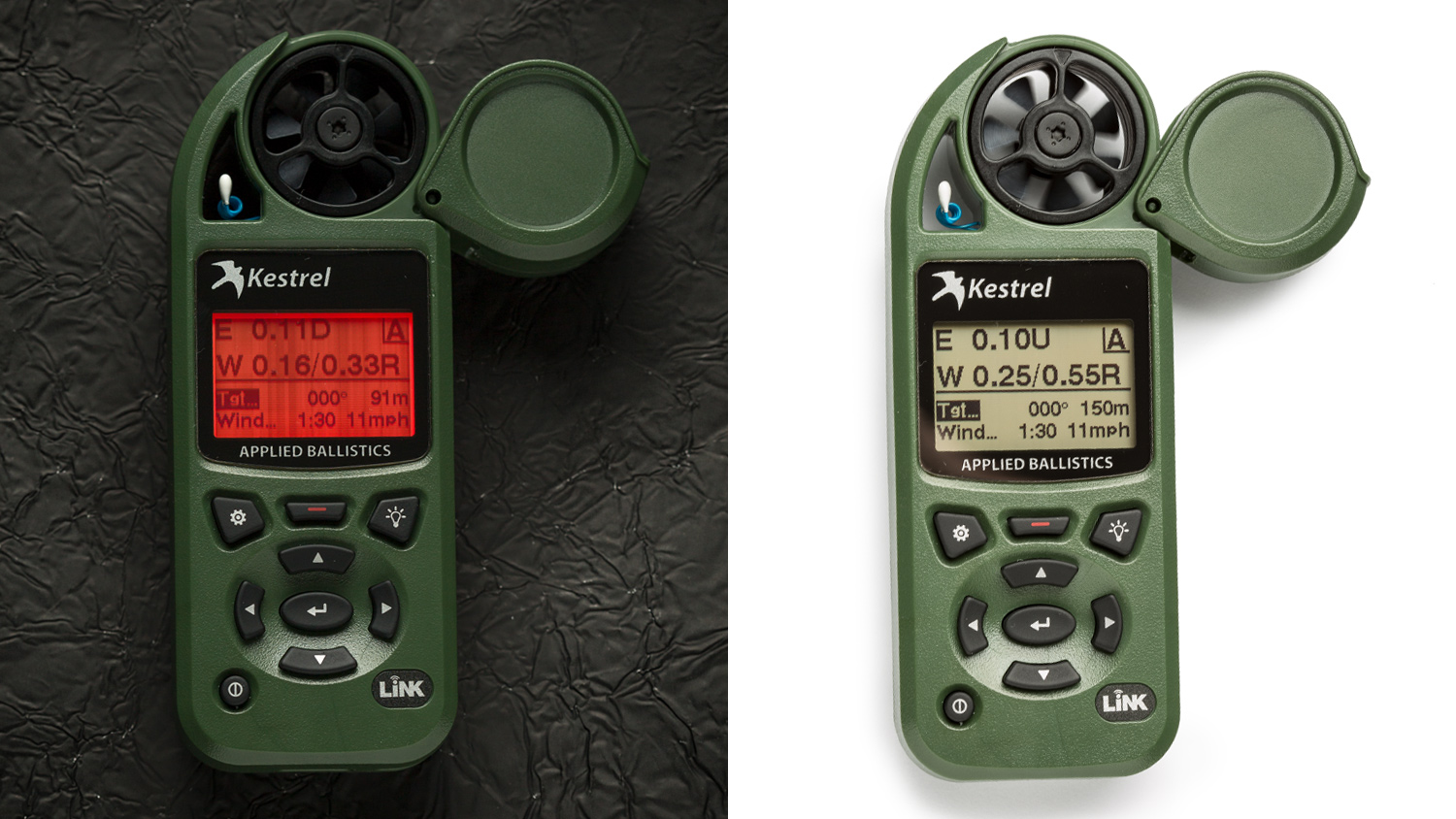
Todd Hodnett and Bryan Litz (founder of Applied Ballistics) worked together with Kestrel. The goal was to develop advanced precision shooting tools for shooters and hunters.
“I first started using the Horus PDA back around 2003 and this went through various models as upgrades became available. Then Horus said they were going to put the Atrag (Ballistic engine) in the Kestrel. At that time we all used the Kestrel but it was only to get current atmospherics. Then we would plug that info into the ballistic engine. But the Kestrel could now be a one-stop shop for the ballistic solution,” said Hodnett.
The Kestrel interface, software and hardware receive updates based on user input. It’s the primary ballistic computer for many military units around the world with great success. Achieving perfection was paramount to the development team.
Hodnett added, “We worked real hard with the minimal buttonolgy we had as an option to give us a full spectrum for shooting ballistics. What I mean by that is you can have a ballistic engine that does a lot more than whats needed on the range. So Kestrel came out to the house and brought the whole team. I made them all shoot to see what I was wanting. Alix James, the CEO of Nielsen-Kellerman was great and even brought the programmers. We would talk and I would show them what I wanted to see and what was not there yet with the current product. Then the code guy would run back to the hotel and fix it and show back up. After several days they had a 95 percent solution. We continued to work and make it better—even to this day.”
Hodnett’s real focus on the Kestrel was to make what he calls a “shooter easy product.”
“I wanted anyone to be able to understand and use the Kestrel. We spent years making upgrades. When AB came on board with their engine, we tried to make it easier and faster with the best shooting data we could provide. Now, others try to copy what we started. I came up with truing supersonic and subsonic algorithms in the early 2000s. Now everyone copies it. The custom drag models have been awesome because G1 and G7 are starting points and not correct in subsonic. The AB custom curves separates the AB ballistics from most. Even now that is being copied with Doppler data.”
Making Long Range accessible to the masses
Bryan Litz is the gentleman behind the company Applied Ballistics and U.S. Rifle Team member. For years, AB has combined Litz’s know-how and technical wizardry to take the accuracy of shooting above and beyond the norm.
“The Kestrel weather meter is one of the first devices that integrated our ballistics solver and bullet data library. Atmospheric variables are very important to accurate fire solutions and this is where the Kestrel shines,” said Litz. He added, “All sensors used in the Kestrel are NIST-traceable. This means their calibration is tracked to the highest standards. As important as the sensors accuracy is the ‘idiot proof’ way the sensor data is applied to the fire solution.”

In 2013, the AB calculator was integrated into a Kestrel weather meter. Now, users could access and load the full AB custom curve library. The 5700 Elite is the latest iteration. What sets the 5700 Elite apart? The valuable data contained in the Litz library of G1 and G7 referenced Ballistic Coefficients (BCs).
“Kestrel users have immediate access to the bullet data library by using the free support app. The app allows for building gun profiles and transfer via Bluetooth to the Kestrel for instant use. The Kestrel support app also functions as a remote display. You can mount your Kestrel in a weathervane and let it update the wind vector and weather. The live fire solution is sent to your smartphone as you watch from your shooting position.”
Litz says automation provided by the Kestrel is a key advantage for shooters that use them.
“In traditional ballistic computers, you have to enter temperature, pressure and humidity data. You have to understand the difference between station and barometric pressure. With the Kestrel, all that is automatic and the user doesn’t have to worry about it. There’s no opportunity to make a mistake. The fire solution receives live data from the atmospheric sensors. Then it updates based on changing weather.”
Wind is the bane of any outdoor target shooter. Without a doubt wind is the number one reason for missed targets when shooting at long range.
“Wind uncertainty is almost always the biggest reason for missing targets at long range. It’s always in motion and very difficult to predict. The Kestrel puts a number on the speed and direction of the wind at your location. This is valuable information. It allows you to baseline your solution for the whole range. If the wind is doing something different at the target, now you have your location and a fire solution baselined to make adjustments for downrange conditions. As with all devices in the AB ecosystem, the Kestrel is supported with continuous updates to the bullet data library any time a new bullet is added, or an existing bullet model is refined in the database.”

For a long time the Kestrel was the only serious device available with AB. It’s had time to reach a high level of sophistication and refinement. Like other technology these days, innovation occurs at a rapid pace. AB has expanded the use of their library into alternative products. Litz also hinted that there is more to come.
“As you can see, the Kestrel is a versatile tool as a stand-alone piece of kit, or in a larger system. Shooters receive various levels of refinement to their ballistic fire solutions. The core ballistic solver in the Kestrel is the same one that resides in all AB devices. It’s capable of high resolution fire solutions, good enough to get you on target out to two miles. There are many AB integrated devices available and even more in the works.”
What shooters have to say
Bruce Piatt is one of the best shooters of his generation. He’s a five-time Bianchi Cup Champion and the 2015 NRA World Shooting Champion. Piatt is a big Kestrel fan.
“The new Kestrel 5700 Elite with Applied Ballistics is an amazing product. It’s capable of storing multiple firearms specs, ammunition ballistics, capturing the environmental factors that affect your bullets at the push of a button and plotting a Mil or MOA holdover or a click correction for your shot. It’s as close as you can be to having a computer built in your gun—however, like any computer, it’s only as good as the info you enter. So, the engineers who developed the AB Kestrel made allowances for ‘entry discrepancies’ and gives you the option to ‘true’ or ‘prove’ your gun and ammo to the ballistic solutions it calculated. By shooting at a known distance with the correction provided, you can measure how far off your impacts are from the prediction. The ammo velocity, bullets, BC, scope to bore height, may not be exactly what you entered that day. By telling the AB Kestrel its error in calculation, it fixes the entire curve.”
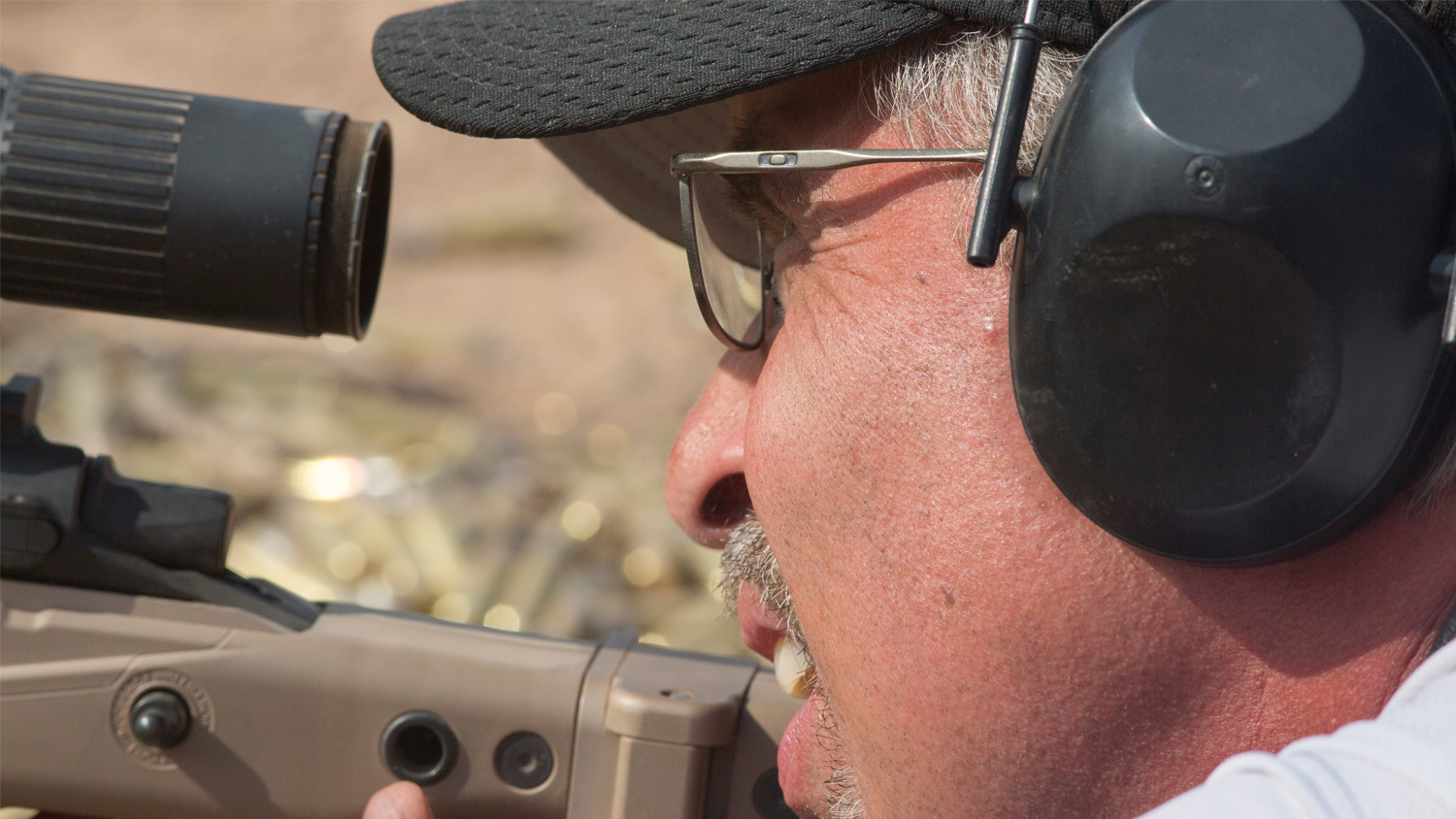
The Kestrel 5700 Elite provides a tremendous advantage to those seeking accuracy. Although, Piatt noted that some instruction from experts is beneficial.
“If you want to win the next PRS match, you go buy a brand new custom built rifle and take it out of the box for the first time on match day—right? Of course not, and the same goes for the Kestrel 5700. It’s an excellent, need I say, indispensable tool for long range shooting. It took me a full day of coaching from the best in the business to get proficient with mine. I wish I had kept up with it more because the more you practice with it, the easier it is use.”
Emil Praslick is a legend in the long range shooting community. Serving in the U.S. Army Marksmanship Unit, he racked up the most team wins of any coach in the history of the U.S. military. Now retired, Praslick is the sponsorship director for Berger Bullets.
About the Kestrel, Praslick said:
“Technology has advanced to the point to where trajectories can be predicted with a handheld device. Back in the 1980s when I started in long range shooting, if you put me into a time machine and I stepped out to now and saw what we have now with the Kestrel 5700, I would think I am 300 years in the future. It’s that unbelievable.”
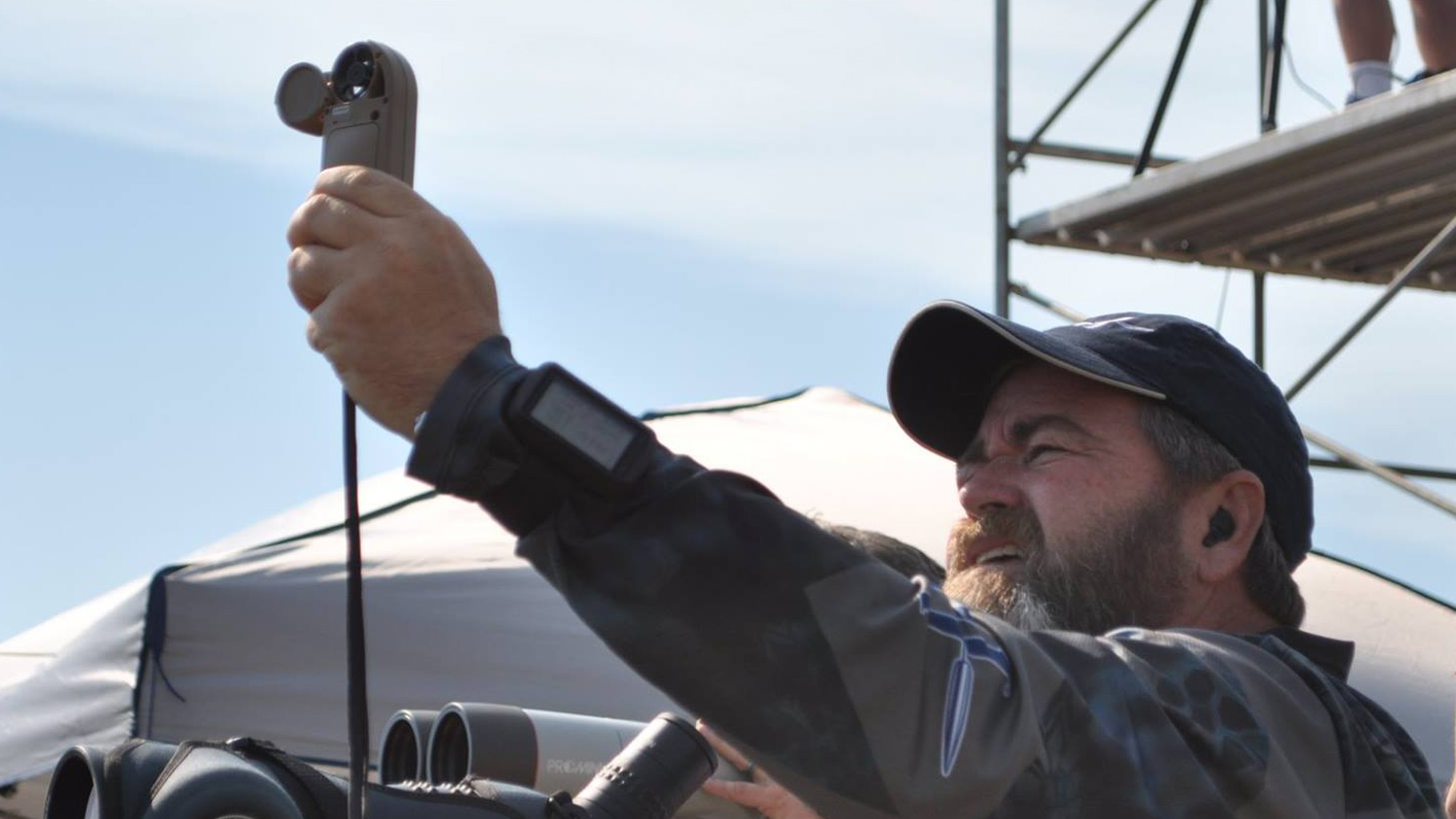
Praslick also remarked: “When I began shooting in the military in 1980s, we would experimentally gather data. We would record the sight setting at a certain range, and move on to the next distance. In the mid 1990s things advanced, and the military came out with the Atrag, which allowed for input of atmospherics and bullet data. It didn’t take long before someone figured out that you can combine a ballistic solver with a data input. The current Kestrels with AB ballistic solvers can supply custom drag curves of each bullet at different velocities, which provide an extremely high predictive resolution.”
The entire Kestrel line is designed and built in the USA. Want more info? Visit www.nkhome.com/kestrel.
Photos by Forrest MacCormack















